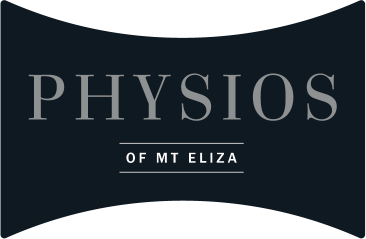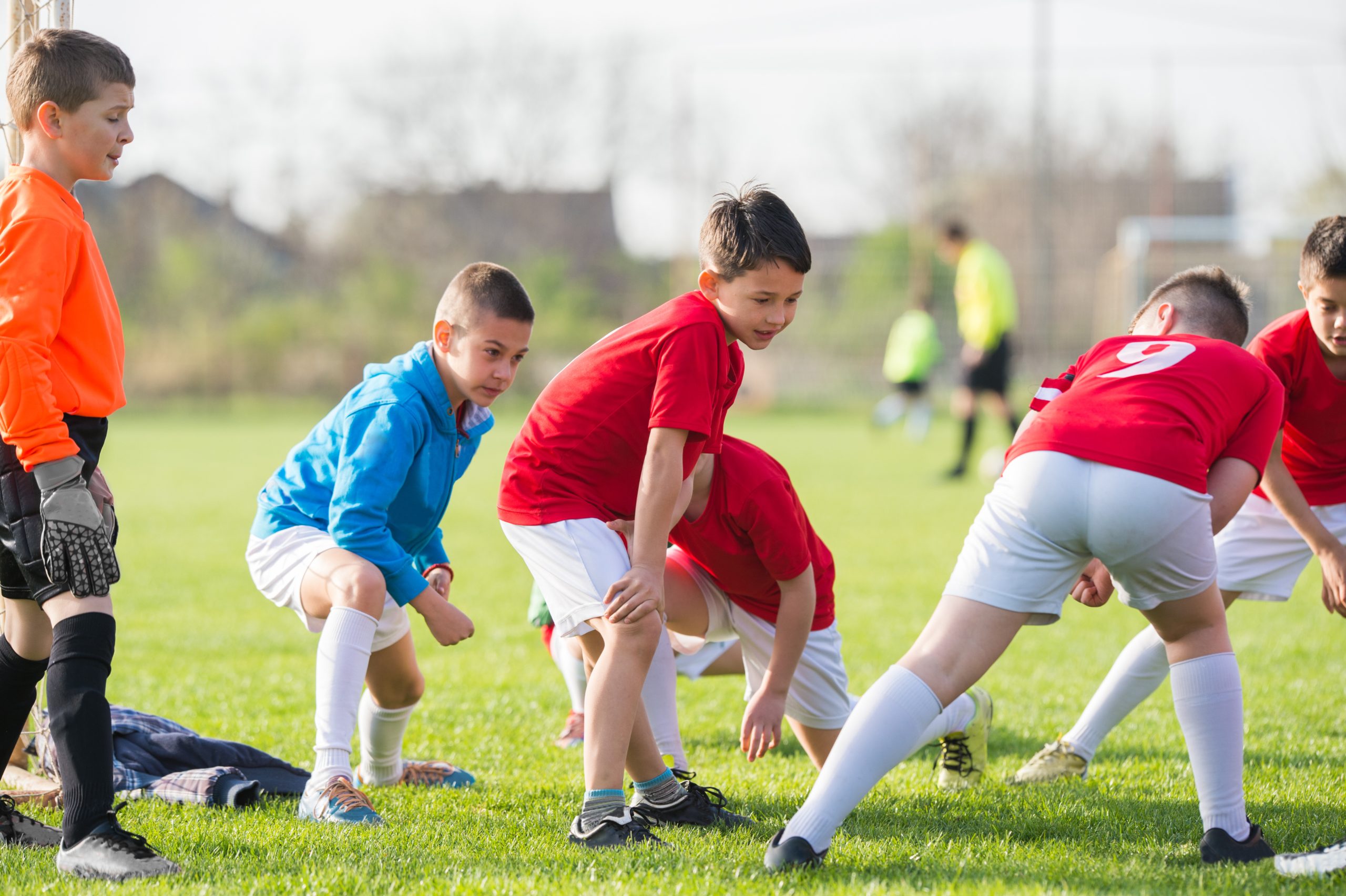Participation in sport is important for children as it teaches them how to work in a team and enhances their motor skills. However, with sports, injuries can always arise. These injuries may be minor or serious and require assessment and management by a physiotherapist.
It has become common for children to be participating in high loads of training for a specific sport or may be participating in a range of sports. The increase in training volume leads to an increased rate of injury. As children are still growing, the injuries they are prone to getting are often quite different to those of adults.
Common injuries in children include:
Osgood Schlatter’s Disease:
This is a disorder related to growth, causing pain below the knee cap with the bone maybe protruding at the site of pain. It usually affects children from the ages of 10-14. Physiotherapy treatment involves soft tissue massage, addressing any biomechanical abnormalities (such as foot posture) and advice regarding load management.
Sever’s Disease
This is a disorder related to growth, causing pain in the heel. It usually affects children from the ages of 9-12. Physiotherapy treatment involves soft tissue management, addressing any biomechanical abnormalities (such as foot posture) and advice regarding load management.
Fractures
Broken bones can occur as a result of trauma. A physiotherapist can advise you whether or not investigators (such as an X-ray) is required to determine if a fracture has occurred.
Perthe’s Disease
This is a disorder that affects the hip joint (a deterioration of the head of the femur due to a lack of blood supply). It usually affects children between the ages of 3-11. Symptoms can include a limp; pain in the knee, thigh or groin and hip joint stiffness. Most children do recover fully from this condition but often require medical intervention.
Slipped Capital Femoral Epiphysis (SCFE)
This is a disorder of the growth plate of the femur (hip). Weakness at the growth plate causes slipping of the head of the femur. The symptoms are very similar to Perthe’s Disease and include a limp; pain in the knee, thigh or groin; and they may walk with the foot turned outwards. It usually affects children from ages 8-15 and requires medical intervention.
For more information
To find out more or to make an appointment, contact us here.




